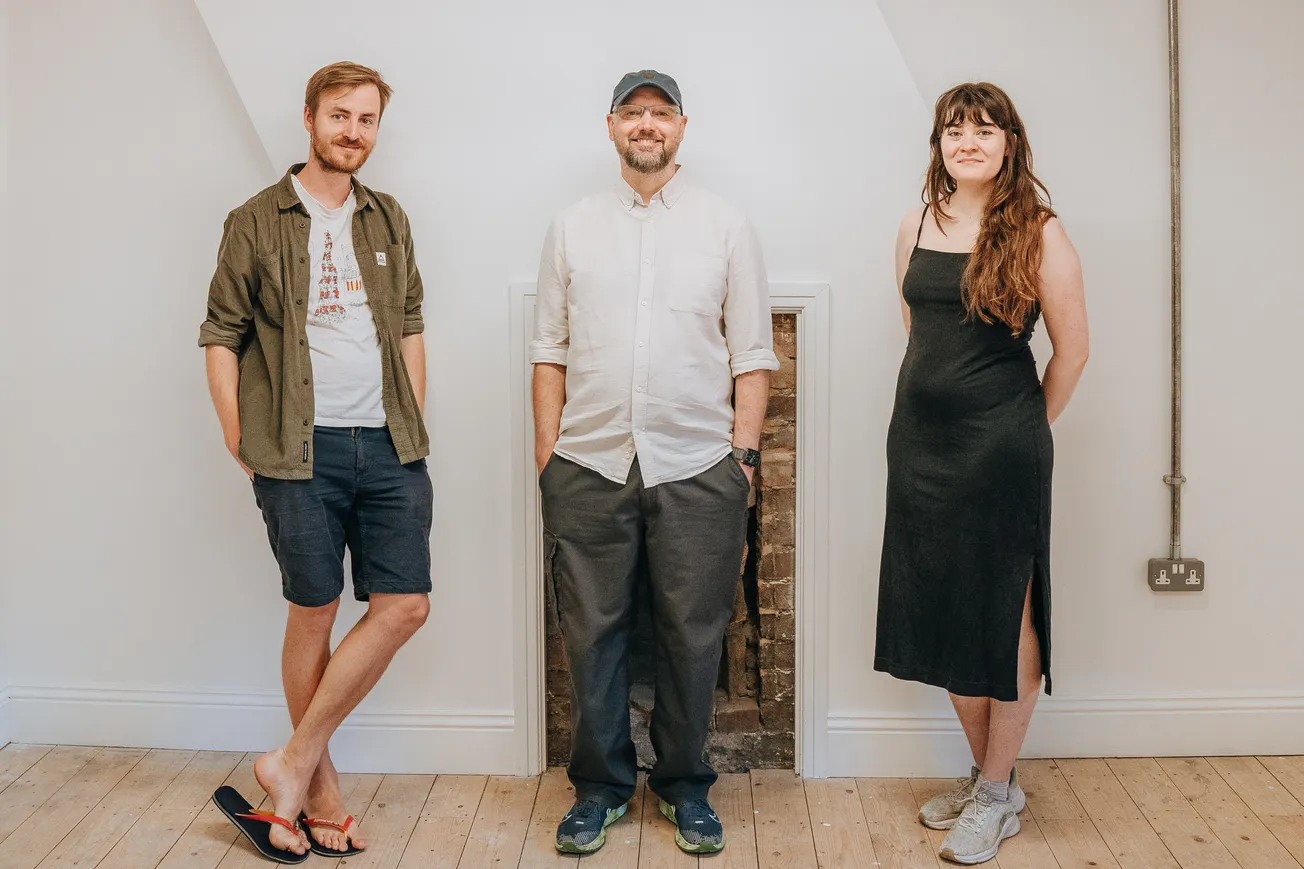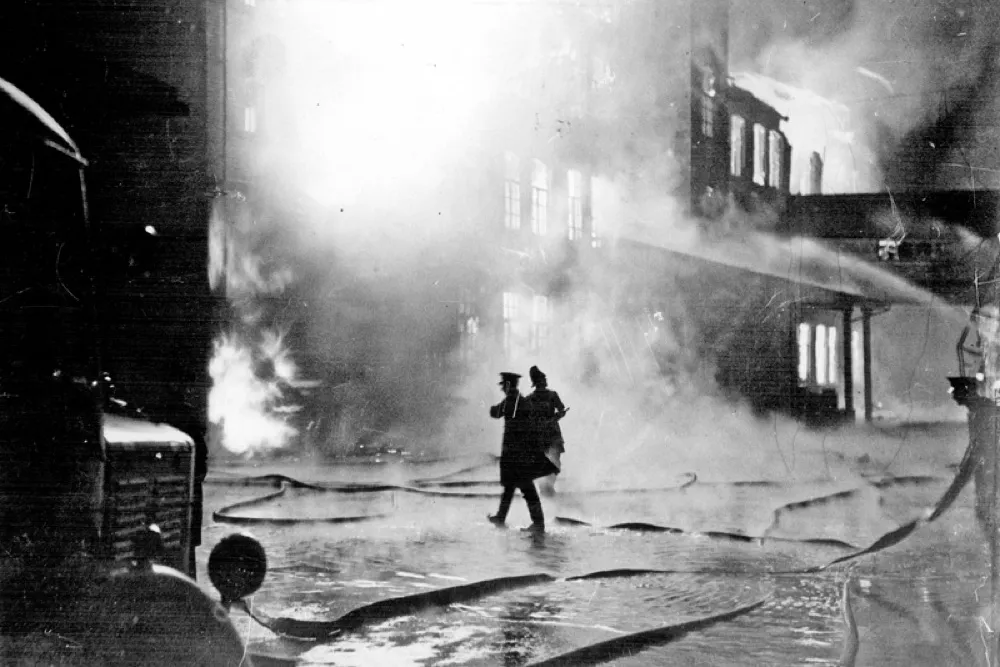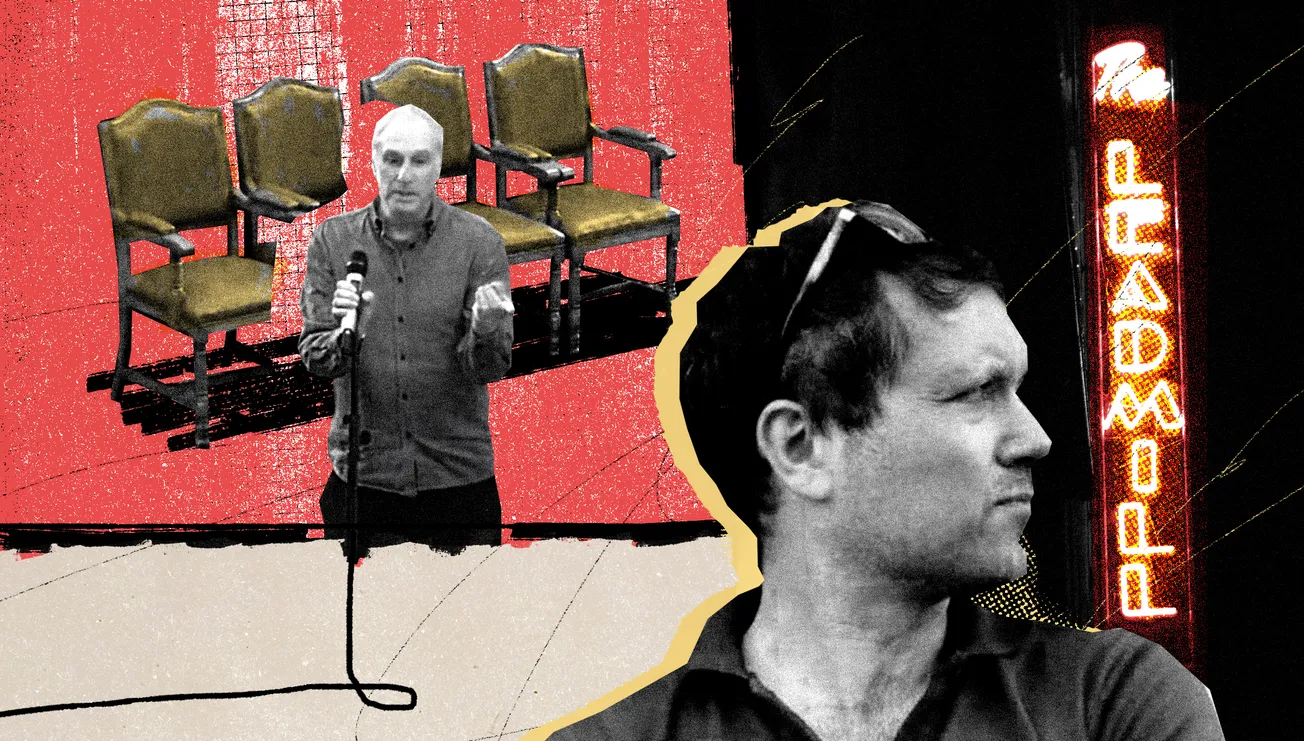Charles Dickens was about as close as you’d get to a Victorian pop-culture celebrity. Save maybe for a particularly exciting public hanging, nothing could get the crowds going like he could. His star had gone supernova pretty quickly after he began publishing in the 1830s, with Oliver Twist and The Pickwick Papers his first true hits. Later, tour itineraries for his public readings were the equivalent of an 1800s rockstar. Sometimes people fainted at his shows.
His performances — usually two hours in length — were intense and expressive, fine tuned often over several months of practice, which would include practising in front of friends and family. He’d considered becoming a professional actor before making it big as a writer, and drew on those skills, becoming each character akin to possession in the accounts of those who witnessed him. According to a piece in The Guardian, his medical notes from the time show his heart rate soaring each time he was on the stage. His premature death, in 1870, was probably caused in part by those tours.
Everyone, and everywhere, wanted a piece of him. Despite complaining about the railways incessantly (in his defence, he would be nearly killed in a train crash in 1865) he quickly became one of the most travelled people in the country. By September 1855 he was batting away invitations to read with a stick, telling one correspondent in a letter that he’d declined 30 in a fortnight.

As winter ‘55 drew closer there was one invitation he couldn’t avoid: Sheffield. The year prior he’d made a promise to the mayor of Sheffield to perform the following Christmas. He was to perform at the Mechanics’ Institute, a monolithic stone building on Surrey Street. He was keen to offer mechanics’ institutes free performances, as he saw them as the aspirational working class, something he wanted to encourage.
He had been keen, anyway, until it actually came around. When it did, Dickens did his best to get out of it. He was in Paris spending Christmas, and wrote to a friend: “Think of my going down to Sheffield, on Friday, to read there — in the bitter winter — with the journey back to Paris before me”. Sheffield — let’s face it — didn’t hold the glamorous appeal of the French capital. In his day it was all dirt, smoke and soot (somewhat Dickensian, you might say). There was a growing cluster of libraries, 39 by 1854 — though these weren’t exactly Waterstones and often doubled as stationers, publishers or bookbinders — and literacy rates all across the country were on a steep incline, so the audience for his writing was there, but you’d be pushed to say Sheffield was a hub of the arts.
When Dickens found out the Mechanics’ Institute was in financial trouble and facing possible collapse he asked his tour manager to try and cancel. But the Institute survived and a promise was a promise.

Moreover, “rumours [were] afloat”, in his own words, that a gift was in store for him. It’s hard to imagine the pressure of buying a gift for the country’s most well-known celebrity. What would impress David Beckham or Adele you might wonder, as a point of comparison? Some kind of 40 foot marble sculpture of themselves? A Faberge Egg? A fountain of eternal youth? In reality, Dickens' rumoured gift was a little more humble: a cutlery set.
The performance sold out. Traffic jams were par for the course when Dickens was in town so arrangements were made for traffic to “proceed one-way only down Surrey Street, towards Arundel Street, before the performance, and one-way in the other direction when picking up afterwards”. Which is notable, because it was a pretty wide street. The Sheffield Independent reported that the audience was “in every respect an excellent one”, which meant “the best families of the town and neighbourhood” got the front seats and greatly respected people were to be found throughout the room; “including not a few of our most intelligent working men” they added.
Whether he wanted to be there or not, when it came time to perform Dickens was on form. His copy of A Christmas Carol was on large sheets of paper in a red morocco cover, and he yielded a large paper knife, “with which he divided the leaves when they proved obstinate to turn”. A row of gas lights sat on his reading desk lighting up every minute detail of his face. When it was revealed that Tiny Tim had not actually died in the book, the clamouring mass “absolutely shouted with exultation”, and “a universal joy seemed to persuade the entire assembly to rise spontaneously” according to The Independent.

The performance wasn’t actually his first in Sheffield, that came as an actor in 1852, nor would it be his last, he read twice more in 1958 (when he arrived from Halifax, describing it as “as horrible a place as it ever was”) and in 1869, on his farewell tour in declining health, but it was the one that lived longest in the memory.
After he was finished reading he got the gift he’d been promised. The mayor popped up on stage and handed over a table service of cutlery, a pair of razors and a pair of fish carvers, and Dickens — according to the Independent — “accepted with heartfelt delight and cordial gratitude such beautiful specimens of Sheffield workmanship......the present testified not only to the work of Sheffield hands, but to the warmth and generosity of Sheffield hearts”. The writer told the delighted onlookers that the cutlery would be retained as an heirloom in his family.
Suffice to say, Sheffield was very happy with what it got from Dickens. And Dickens was thrilled with his fish carvers. But what did he actually make of the city? It’s hard to gauge. He wrote to his tour manager Wills days after the performance to say that “some Animal Magnetism in the Sheffield audience has prevented me sleeping in my usual distinguished manner”. But though their exuberance and adrenaline might’ve affected his sleep (as well those pesky railway journeys: “I was perpetually on Railroads, during the whole of my short Flight” he said in another letter about the trip) he also wrote to friends that “Sheffield was a tremendous success and an admirable Audience....I think I have not read to a better”. So maybe the fuss was for nothing.

There’s a weird footnote to Dickens’ relationship with Sheffield. A passage in David Copperfield describes Mr Murdstone chatting with business associates about young David’s mother, described as “the pretty little widow”, and upon whom he has designs, before realising that David might overhear. It plays out like this:
"Quinion," said Mr. Murdstone, "take care, if you please. Somebody's sharp."
"Who is?" asked the gentleman, laughing.
I looked up, quickly; being curious to know.
"Only Brooks of Sheffield," said Mr. Murdstone.
Brooks wasn’t real. Murdstone, in his attempts to conceal the true meaning of the conversation from David, concocts the name spontaneously as a kind of code. To 99% of readers, it was a clever little narrative device but probably not something that lived long in the memory, given the first serial edition of the book was 624 pages long.
Except, that is, for Brookes of Sheffield. William Brookes, a cutlery manufacturer — naturally — wrote to Dickens, who replied somewhat apologetically that he “had no idea that [he] was taking a liberty with any existing firm”. Brookes took it in good spirits and presented Dickens with a case of his cutlery (presumably at this point, he was drowning in these). Owing to a superstition that when someone gifts you a knife that means the friendship will be severed, Dickens sent Brookes an inscribed first edition of the book version of the novel, his favourite edition, in return — presumably to curry favour.

Years after Dickens’ death, a writer caught wind that “Brookes of Sheffield” was living at Woodbourne, a grand house with “former glories sadly dimmed by the soot and grime from the neighbouring colliery,” in his words. He went to visit, perhaps seeking a piece of in-the-flesh Dickens folklore, and was led through by Mrs Brookes into the dining area, where her husband William sat before a fire.
The writer explained that he had heard that the man before him was the basis of a small bit-part character in the great novel David Copperfield. Without stopping to correct the writer that the original Brooks of Sheffield — sans the “e” — was a figment of Dickens' imagination and that the connection was pure coincidence, William Brookes replied instead: “that is so”. You can't be a Victorian pop-celeb rockstar without a few hangers-on, I suppose.
Many thanks to Valerie Bayliss of the Victorian Society (South Yorkshire), whose research and lecture notes formed the basis of this article. Valerie is the only person to have researched Dickens’ visits to Sheffield in depth.

Comments
Sign in or become a Sheffield Tribune member to leave comments. To add your photo, click here to create a profile on Gravatar.







